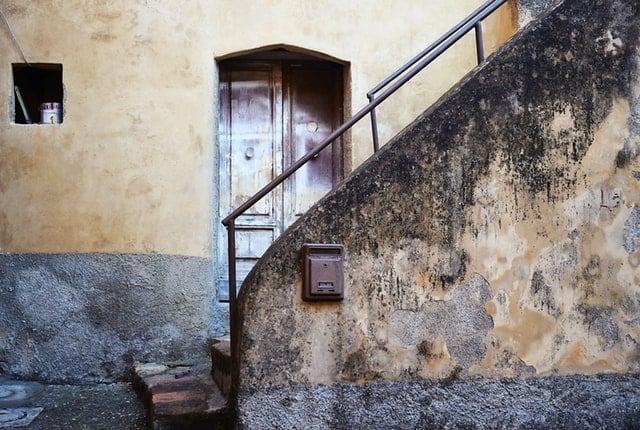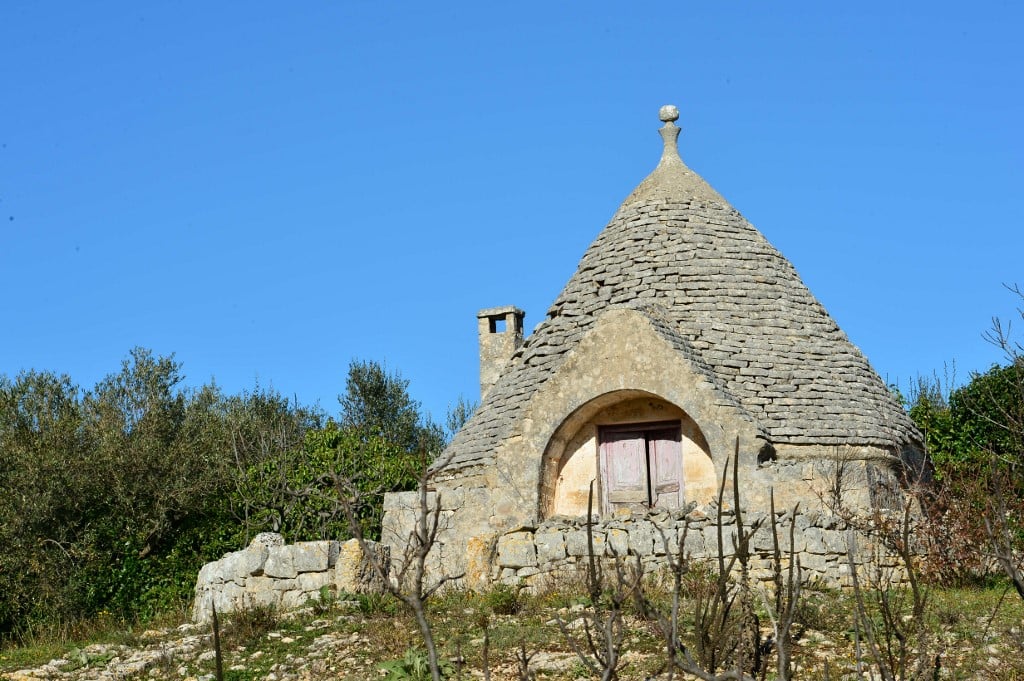It’s not news to anyone that Italian bureaucracy is tediously slow, and frequently malfunctions. But this week, a set of particularly Italian circumstances converged to leave me wondering, just briefly, why I ever thought moving to Italy was a good idea in the first place.
“No, we can’t send the form by courier. You have to come in person”.
On the phone, the Italian bank employee had sounded extremely bored.
I took a deep breath. “But we’re seven hours away and I’m working. Can we make an appointment to come next week?”
“No, we’ll be on holiday. Until September.”
“What, everyone? The whole bank?”
“It’s August,” he said, as if this was self-explanatory.
It was actually July 23rd but, like pretty much everyone else in Italy, this particular bank employee seemed to have already mentally checked out for the summer holidays. The extreme heat probably wasn’t helping.
“If you can’t come this week then we’ll just start the application process in September,” he said, sounding as if he was ready to nap.
I seethed inwardly, having already explained several times that we were in a rush to arrange the mortgage, as my husband’s work had just transferred him to the other side of Italy – from Tuscany back to his home city of Bari – at very short notice. Repeating this information again seemed unlikely to rouse this bank employee.
We considered switching banks, but we’d already spent weeks having meetings and getting our documents in order, and we needed to get the process rolling before our notary, too, went on a long summer holiday.
There was nothing else for it.
We were soon checking the traffic conditions for the long drive to visit this particular regional bank in Puglia. The motorways were busy with it being peak summer travel season. Checking the train schedules we remembered that today, of all days, there was a national rail strike.
He briefly considered trying the train anyway – a nine-hour journey at the best of times – until he remembered it was also 38 degrees outside.
We had found ourselves stuck with a perfect storm of bureaucracy, strikes, traffic, long summer holidays and insufferable heat, with some bad customer service thrown in. I wondered: could this situation be any more Italian?
I made an ill-tempered comment about how “nothing works in this country”; and got a very characteristic response from my southern Italian husband. A broad smile and a shrug.
“No problem,” he told me repeatedly as he jumped into the car this morning, ready to set off on his seven-hour solo journey under the blazing sun.
“Things do function here, in their own way,” he told me brightly, not for the first time.
Italians may famously get worked up over certain important things (you know, like food) but when it comes to bureaucracy, the consensus seems to be “what’s the point in worrying?”.
After all, getting mad about bureaucracy in Italy would be about as useful as shaking your fist at the sky when it rains.
And maybe I’m slowly coming around to this way of thinking, or maybe I’m just too hot to care, but I know he’s right. This situation is annoying, it’s stressful, it’s ridiculous, it’s sweaty, and it’s oh so very Italian, but it’s not that big a deal in the grand scheme of things. And it’s definitely not worth getting upset over.
All of this was a reminder that the only way I’ll be able to cope with living permanently in Italy is to totally revise any expectations of how things “should” work, and adjust my mindset accordingly. And maybe go and open a bottle of wine.
Nessun problema?
I’m working on it.
Have you got a story about life in Italy that you’d like to share? Send us an email or sign in to leave a comment below.




 Please whitelist us to continue reading.
Please whitelist us to continue reading.
Member comments